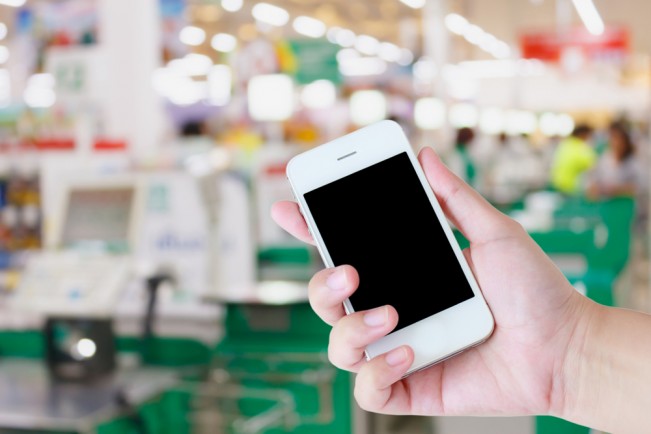
Have you heard? Some retail establishments, in countries like the Netherlands, don’t accept cash anymore. As I mentioned in a previous post, digital money is making big waves – everywhere. While it’s starting to make a serious dent in the United States, the use of mobile payments are much more widespread in other countries.
Below are 10 interesting tidbits from an article in The Conversation, which discusses the use of mobile payments in financial services around the world:
- One in ten card payments were contactless for the first time in 2015 in the UK.
- Many have pointed to the slow death of cash in Scandinavia, but cash is unlikely to completely die out – few may develop a mobile app suited to the needs of refugee migrants there, for example.
- Next summer Copenhagen will host Money 20/20, the world’s major annual event for emerging payment technology. It will be the first time the forum convenes outside the US, bearing witness to the increasing importance of Europe when it comes to innovation in payments and financial technology.
- While the US has been slow to introduce chip and pin, there have been developments in smartphone payments. The bank JP Morgan Chase and retailer Walmart have both launched rivals to Apple Pay, which shows how retailers, banks and regulators are innovating to bring about faster payments and a potential cashless society.
- The success of the mobile payments system, M-Pesa, in increasing financial inclusion in Kenya is well known, with the majority of the population able to transfer money using their phones, despite not having a bank account.
- The jury is also out regarding the Cash-less Nigeria Project by its central bank, which aims to reduce the amount of physical cash circulating in the economy.
- WeChat, part of digital behemoth Tencent, has grown from its original service as a messaging app in 2011 to include cab-hailing, food-ordering and money transfers. WeChat ranks as China’s most popular app with 650m users and is used to send both RMB and cryptocurrencies like Bitcoin between users.
- Technology as a promoter of financial inclusion is the name of the game in poor economies where the bottom third of the population hardly have any access to the financial sector and mobile money is seen as the potential solution.
- The one to watch is the Indian government’s drive to replace money with mobile payments on top of a growing private network made up of 140,000 private business and public sector bank correspondents.
- The introduction of contactless payment cards in 2010 [in Australia] has proven hugely successful and as a result plastic has significantly eroded the use of cash and ATMs.

